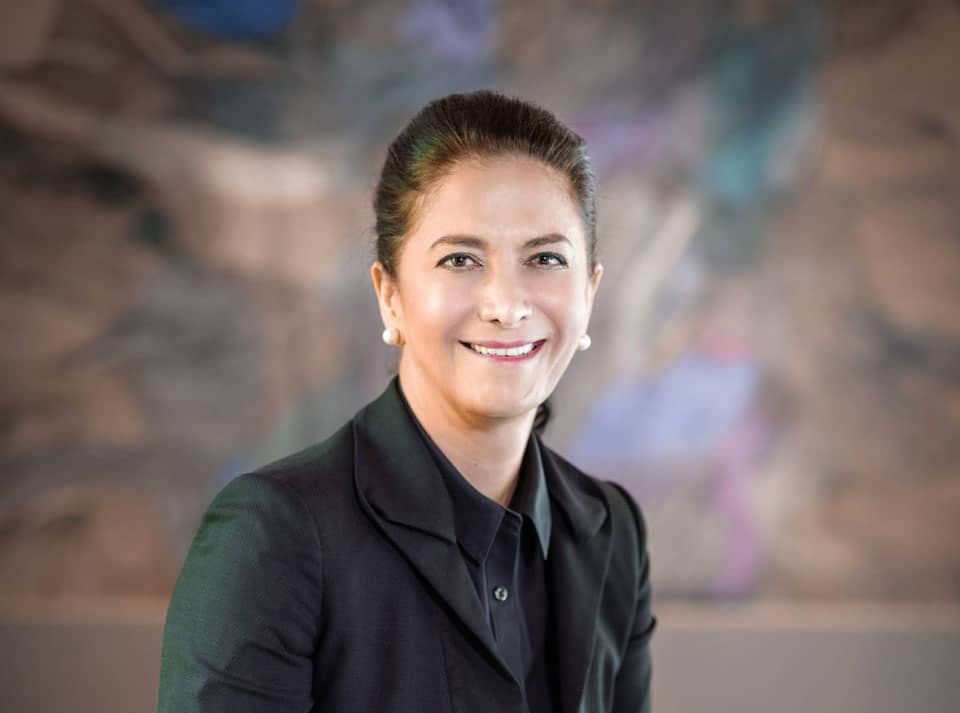How to Make a Change in Your Boardroom’s Culture

Environmental, social, and governance (ESG) compliance is on track to become a corporate norm. The financial and ecological impacts of global crises such as climate change and the COVID-19 pandemic underscore the need for meaningful action on ESG business goals.
As a result, we’re seeing more sustainability committees and chief sustainability officers (CSOs) crop up in boardrooms and C-suites around the world. Companies are looking for people with ESG knowledge to lead and inform these efforts. Moving forward, expertise in sustainable business practices will become more attractive—indeed necessary—for new board candidates.
Whether you are a cis white male, a woman, a person of color, or an LGBTQ+ individual, what will get you a seat on the board is your value, diversity mandates included. At the end of the day, it’s all about the value you bring, and relatability and other interpersonal skills are part of that package.
Before you can make a change in your boardroom’s culture, you have to understand and respect it. Here are a series of steps that you can take to become a successful board member.
Observe
Regardless of background, each incoming director walks into a new environment with a unique culture and established set of internal politics. However—for whatever reason—people tend to underestimate politics in the boardroom, almost to the point of taboo.
The unfortunate truth is some boardrooms are more contentious than others, with upper management infighting, political alliances, and cross-matrix reporting. Still, you’re unlikely to hear about any of this—or if you do, to really appreciate the extent of it—until you’ve walked through those heavy wooden doors.
Your job is not to criticize and suddenly transform the established culture, or somehow expose or otherwise “fix” entrenched toxic politics. In fact, the first order of business is simply to take stock and observe.
When incoming directors join a corporate board, they first go through an onboarding process where major company divisions from various profit centers of the company introduce themselves and their work. Generally, you’ll get to meet the C-suite, perhaps C-suite minus one, and—if you’re lucky—C-suite minus two.
This is your opportunity to watch and learn. You may notice clues about the personalities of different company executives and board members—for example, whether they require their secretarial staff to carry their bags or take notes for them. You can get a clear sense of pecking order based on seating arrangements.
The Art of Listening (and When to Stop)
How do board members make better, more sustainable decisions? For one thing, we need better discussions—and much of that comes down to listening. Not just to the people in the room reflecting your own preconceived ideas. And not because you’re simply waiting for your turn to talk. Listening is the ability to genuinely consider new perspectives, especially when those differ from your own.
In the boardroom, as in life, disagreements are a given. Especially when you challenge the status quo, people get defensive; they push back. So many corporate leaders intellectually understand that their business damages the environment or mistreats workers, but they’re so set in their patterns. It doesn’t even occur to them to question what’s always been done, to ask why, or to explore more sustainable solutions. The highest value should never be “winning” for “your side” of the argument, but having the dialogue and promoting innovation and improvement.
One exception to the rule of carefully listening to every perspective is when there’s a clear conflict of interest at hand. In this situation, it’s better to instead respect basic governance protocol—which not everyone wants to follow.
Proper listening means both fully considering dissenting or dissonant points of view, and knowing when and why to stop listening. This takes practice and mindfulness to develop. It requires noticing when emotions run high and maintaining clear thinking anyway.
Take Accountability and Discard the Consultant Mindset
When I join boards, I always look to see if any of the directors have been CEOs themselves. Former and current CEOs understand what it’s like to make executive decisions that impact everything from environmental impact to social responsibility—while balancing matters of shareholder interest and profitability. In short, they have experience being (sometimes fiercely) held accountable for their decisions, from all sides.
That’s not to say you have to have run an entire company to be a good board director. Not at all. However, you do have to be willing and able to not only make decisions but also accept full responsibility for the outcomes of those decisions. This may sound simple, but it’s a remarkably rare skill. So many directors would rather spend a fortune on a team of outside consultants, follow their advice, then shrug and point fingers when things go awry.
While there’s value in tapping outside expertise, consultants can become a (supremely expensive) crutch. And too often their perspectives receive disproportionate weight compared with those of other directors, executives, and company staff—possibly because of their often exorbitant fees, which are rarely subject to clawbacks.
Good board members need to go beyond recommendations to make actual decisions, then deal with every consequence of those decisions. As a board member, your poor decision-making can cause irreparable balance-sheet company damage and get you voted out by shareholders. Executive officers are far more likely than consultants to be subject to a clawback clause, which allows the organization to reclaim your incentive or bonus funds on the grounds of poor long-term performance. Additionally, you may get trashed in the papers or even face personal litigation. In other words, be prepared to take the heat.
Take Stock, Then Adapt
In a rapidly changing world, those unable to really listen and adapt will risk forfeiting their power—whether deeply entrenched in decades of conventional business practices or rising out of newer shifts in corporate culture.
While you cannot control how other people operate, you can take command of how you operate. And if you want to succeed at the top, focus on what you bring to the table—and meet current boardroom culture where it is.
Listen and observe; take stock of your surroundings and the local politics that linger about the boardroom. Then, when you really understand where you are, you can endeavor to make change.
For more advice on making change in your boardroom, you can find We Are All Stakeholders on Amazon.
Written by Shireen Muhiudeen.
Have you read?
World’s trendiest countries, 2023.
World’s Richest People (Top Billionaires, 2023).
Best Apps for Reading News for Google’s Android and Apple’s iOS.
Music successful CEOs and C-level executives listen to.
Which are the healthiest countries in the world for 2023?
Ready to join the CEOWORLD magazine Executive Council– Find out if you are eligible to apply.
Add CEOWORLD magazine to your Google News feed.
Follow CEOWORLD magazine headlines on: Google News, LinkedIn, Twitter, and Facebook.
Copyright 2024 The CEOWORLD magazine. All rights reserved. This material (and any extract from it) must not be copied, redistributed or placed on any website, without CEOWORLD magazine' prior written consent. For media queries, please contact: info@ceoworld.biz









